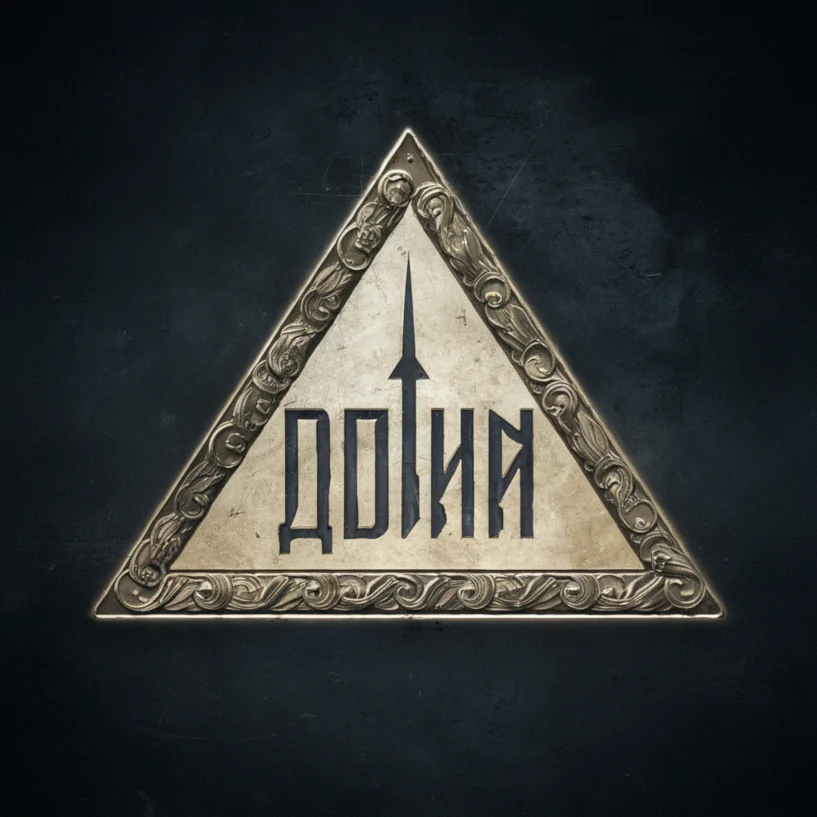The Raven's Enigma
One should approach it as one would a cipher, a code, a puzzle, a labyrinth...
"Blame it all on Fyodor Mikhailovich Dostoyevsky, the truth you’re going to read herein."
One should approach it as one would a cipher, a code, a puzzle, a labyrinth...
"Blame it all on Fyodor Mikhailovich Dostoyevsky, the truth you’re going to read herein."
Blame it all on Fyodor Mikhailovich Dostoyevsky, the truth you’re going to read herein. No, really, blame him—the beast that keeps me awake at night as I fear his glowing eyes and savage, alien brain. I don’t want him near me, and yet, like dark matter or demons, he’s everywhere.
When I think of Dostoyevsky, I know fear only a truth-teller like him can invoke. In the end, I believe the answer lies in Dostoyevsky’s writing. One should approach it as one would a cipher, a code, a puzzle, a labyrinth... or perhaps a mirror to the soul, leaving breadcrumbs to guide us toward the answers. Alas, it would open Pandora’s box of new questions we are utterly unqualified to answer. And that’s the beauty of our terrifying collective madness: we strive for answers even when told not to. So yes, blame the greatest Russian mystic, in front of whom even Grigori Yefimovich Rasputin—a man whose name spelled the doom of the last Russian Empire, that of the Romanov dynasty—would have trembled like a wet, frightened little puppy for what you are about to discover if you follow my path of discovery.
Like almost anything else in life, it all started with a mistake. I wanted to follow C.G. Jung and his studies of Dostoyevsky, and as I sought to explore the real village from The Village of Stepanchikovo and Its Inhabitants: From the Notes of an Unknown, I went astray—led by none other than my guide and translator, Nastassia Filipovna Smirnova—and ended up at 55°22′N 37°52′E, according to Google, in the village of Stepanchikovo, Moscow Oblast, under the administrative jurisdiction of Domodedovo, not too far from the airport, which had nothing to do with Dostoyevsky’s fictitious place.

My guide and translator, Nastassia Filipovna Smirnova.
Yes, I am ashamed of myself, but ponder this:
I dived deep into the cold, dark waters of netherworlds and my own subconscious, which opened to me the very moment I saw the symbol they had used for centuries: a crude triangle with the Russian word for “one” (один) at the first mosque built by the Vory in Stepanchikovo. Like “a needle with hands desperately reaching toward the heavens,” as one overly convoluted, fifth-grade attempt at describing it put it, that was the glorious mosque Stalin razed in 1953—the last year he was alive. The weeping wounds were covered with mud, dust, and pain, hidden from sight. As I traveled through rasputitsa, the melting snow and ice saturated the ground, turning dirt roads into rivers of thick mud that no vehicle could pass through. But I could smell and feel those wounds.
An occasional scream from the steppes—an echo of terror. The land had seen too much to believe it was real… or perhaps it was, and Dostoyevsky merely bore witness.

The Vory symbol for “one” (один).
I got it as I stepped onto that vast land—the spiritual decline that plagues Russia and the Shadows behind it, the Vory, are omnipresent. It has been rumored that the Vory killed Stalin precisely because of the Al-Murad Mosque (المراد مسجد) he destroyed, so I embarked on trying to find out. All the witnesses are dead, and even those over-100-year-old kefir drinkers refused to talk to me. They looked at me with suspicious eyes when I mentioned the mosque—the ancient, cobalt eyes of Russian peasants harboring a mistrust usually reserved for soulless Soviet commissars. They stared at me silently, munching on chyorny khleb—black rye bread—with their toothless mouths. An occasional crumb that fell from their lips was readily gobbled up by vorobyonki (little sparrows) that freely and fearlessly prowled around their swollen feet. Some of them made the sign of the Cross toward me. Nastassia, somehow startled by the gesture, whispered to me in English,
“The cross is a murder tool, used to kill Jesus Christ.”
Read more..."If anything in this life is certain, if history has taught us anything, it is that you can kill anyone."
— Don Michael Corleone